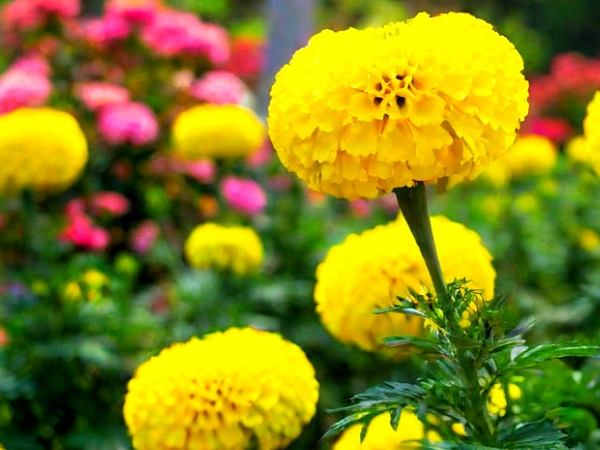🌱Whispers of the Ancients: Urban Forestry🌱
🌱Part 01🌱
In the Heart of the Concrete Jungle, a Verdant Pulse🌱🌿
Introduction🌱🌿

Amidst the towering skyscrapers and the ceaseless hum of urban life, there exists a yearning, a primal whisper that echoes through the concrete canyons. It’s a yearning for the rustle of leaves, the dappled sunlight filtering through a canopy of green, the earthy scent of damp soil after a rain shower. It is the call of the wild, the enchantment of the forest, beckoning us back to our roots. In this inaugural article of the “Beating Heart of Urban Forestry” series, we embark on a journey through time and space, exploring the profound allure of forests in ancient civilizations, the historical marvels of urban green spaces, and the contemporary quest to rekindle our connection with nature in the heart of our cities.
Sacred Groves and Whispering Trees: The Allure of Forests in Ancient Civilizations🌱🌿
Long before the advent of sprawling metropolises, forests held a place of reverence and awe in the hearts of ancient civilizations. From the dense, mystical woodlands of Celtic Europe to the sacred groves of India, trees were not merely sources of timber or fuel; they were living entities imbued with spirits, guardians of wisdom, and portals to the divine.
In Celtic mythology, trees were believed to possess souls and were often associated with specific deities or magical beings [1]. The oak, with its sturdy trunk and sprawling branches, was a symbol of strength and endurance, while the willow, with its graceful, drooping form, embodied the feminine principle and the flow of life. The Druids, the revered spiritual leaders of the Celts, held their rituals and ceremonies in sacred groves, believing that these verdant sanctuaries facilitated communication with the Otherworld [2].
In India, the concept of sacred groves, known as “devrais,” dates back thousands of years. These protected patches of forest were dedicated to local deities and were believed to harbor a rich diversity of flora and fauna [3]. The trees within these groves were considered sacred and were often adorned with offerings and prayers. Even today, many of these devrais remain intact, serving as a testament to the enduring reverence for nature in Indian culture.
Tree worship was also prevalent in ancient Greece and Rome, where specific trees were associated with particular gods and goddesses [4]. The olive tree, for instance, was sacred to Athena, the goddess of wisdom and warfare, while the laurel tree was dedicated to Apollo, the god of music, poetry, and prophecy. These trees were not only symbols of divine power but also integral parts of daily life, providing food, shade, and medicinal remedies.
The myths and legends of ancient civilizations are replete with tales of talking trees, enchanted forests, and wise old Ents who guarded the secrets of the natural world. These stories, passed down through generations, instilled a deep respect for trees and forests, recognizing their vital role in maintaining the delicate balance of the ecosystem and nurturing the human spirit.
Green Oases Amidst Stone and Steel: Historical Examples of Urban Forests🌱🌿
While ancient civilizations revered forests in their natural state, they also recognized the value of incorporating greenery into their urban landscapes. The Hanging Gardens of Babylon, one of the Seven Wonders of the Ancient World, were a testament to the ingenuity and ambition of human engineering, creating a verdant oasis amidst the arid plains of Mesopotamia [5].
The ancient Romans, too, understood the importance of trees in urban settings. Their cities were adorned with tree-lined avenues, providing shade, beauty, and a sense of tranquility amidst the bustling urban life. The plane tree, with its broad leaves and spreading canopy, was a particular favorite, offering respite from the scorching Mediterranean sun [6].
In Japan, the art of gardening reached its zenith with the creation of Zen gardens, meticulously designed landscapes that sought to evoke a sense of peace and harmony. These gardens often featured carefully placed trees, rocks, and water elements, creating a miniature representation of the natural world within the confines of an urban setting [7].
These historical examples demonstrate that the desire to incorporate nature into our cities is not a new phenomenon. It is a deep-seated yearning that transcends time and culture, a recognition that trees and green spaces are essential for our physical, mental, and spiritual well-being.

Part 02 Next Week🌱🌿
🌱✨your personal paradise 🌱✨
Close your eyes for a moment and imagine… Picture a symphony of colors as blossoms dance in the sun, their petals whispering secrets of the earth’s embrace. Breathe deep the intoxicating freshness of herbs, a melody of scents that soothes your soul and awakens your spirit. Feel the warmth of the sun on your skin and the earth’s energy pulse through your fingertips as you tend to your plants,
Feel the stress melt away as you relish the pure joy of harvesting your own homegrown bounty..
This is your personal paradise, where every bloom, every leaf, and every harvest brings you closer to nature’s magic. 🌱✨
🌱🌱 UNLEASH YOUR INNER BOTANIST:🌱✨
Discover fascinating facts and expert tips that will deepen your connection with the plant world. 🌱✨🌱✨
🌿 Your Q&A ask nick: [LINK]🌱✨
🌱🌱 EXPLORE THE ART OF SUSTAINABLE GARDENING: 🌱✨
Learn how to nurture your plants while minimizing your impact on the environment. ✨🌱✨
🌿 ASK AN EXPERT: [LINK]✨
🌿 NicksGardens® Garden Makeover : [LINK]🌱
🌱 🌱 Ready to welcome the magic of nature into your home with a burst of color, freshness and life?” 🌱✨
🌱🌱YOUR GARDEN ADVENTURE BEGINS NOW:🌱✨
Let NicksGardens® be your trusted guide as you embark on this exciting journey of growth and discovery. 🌱✨

